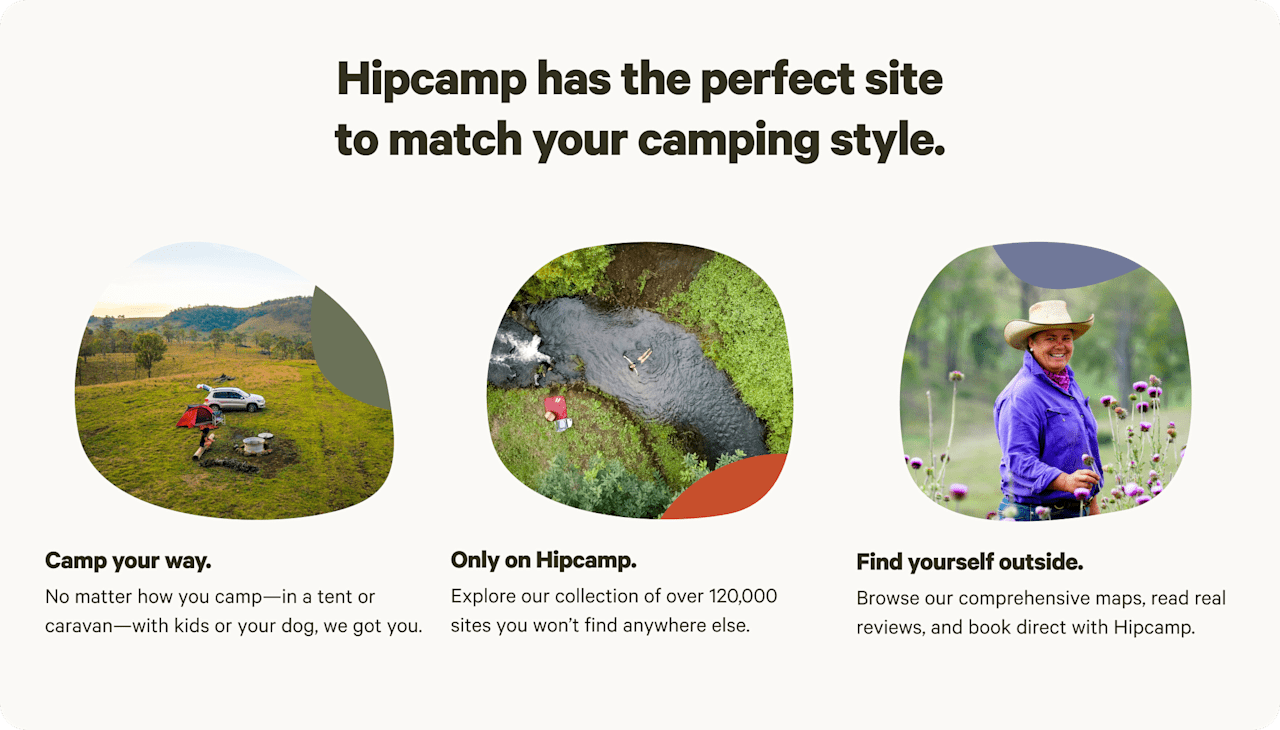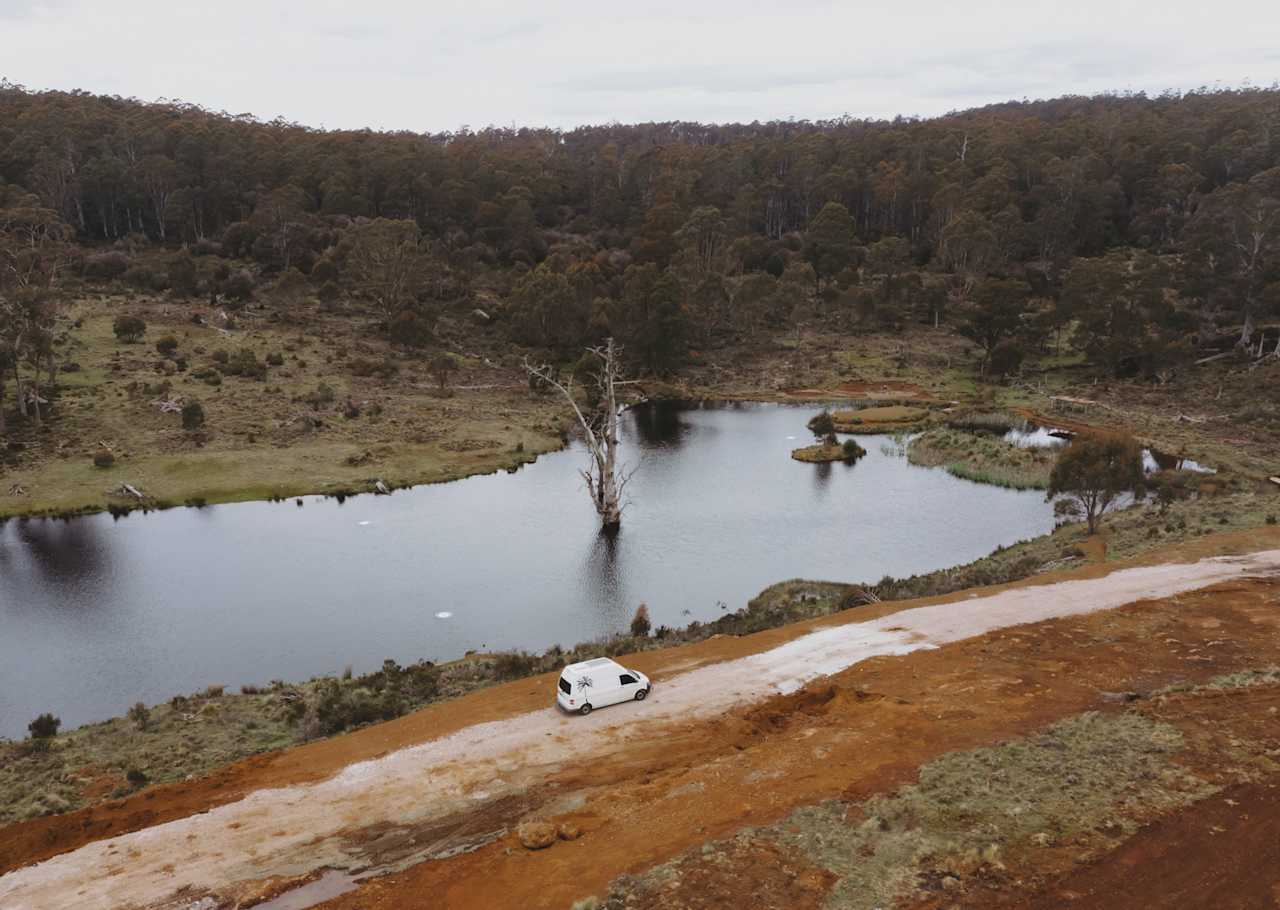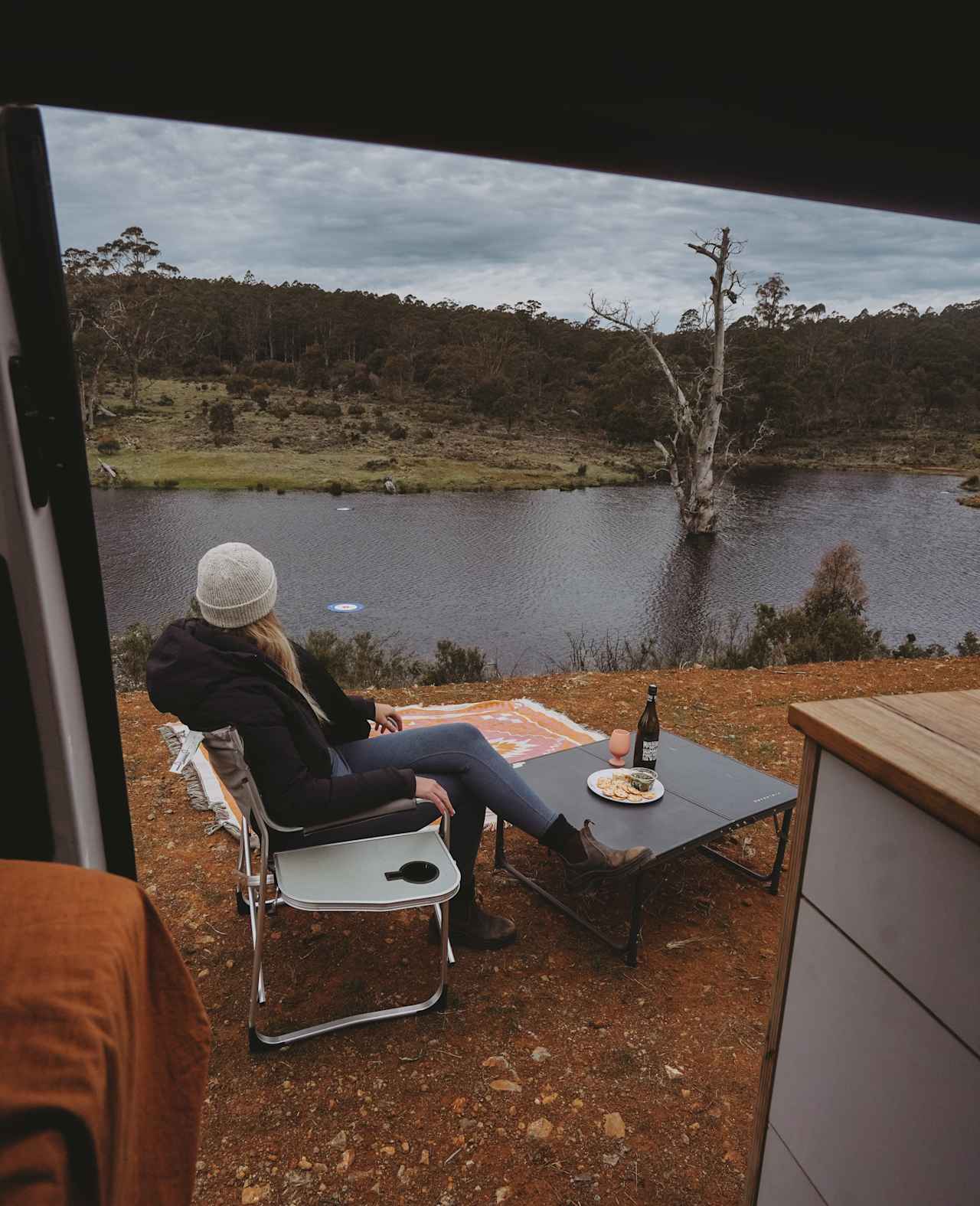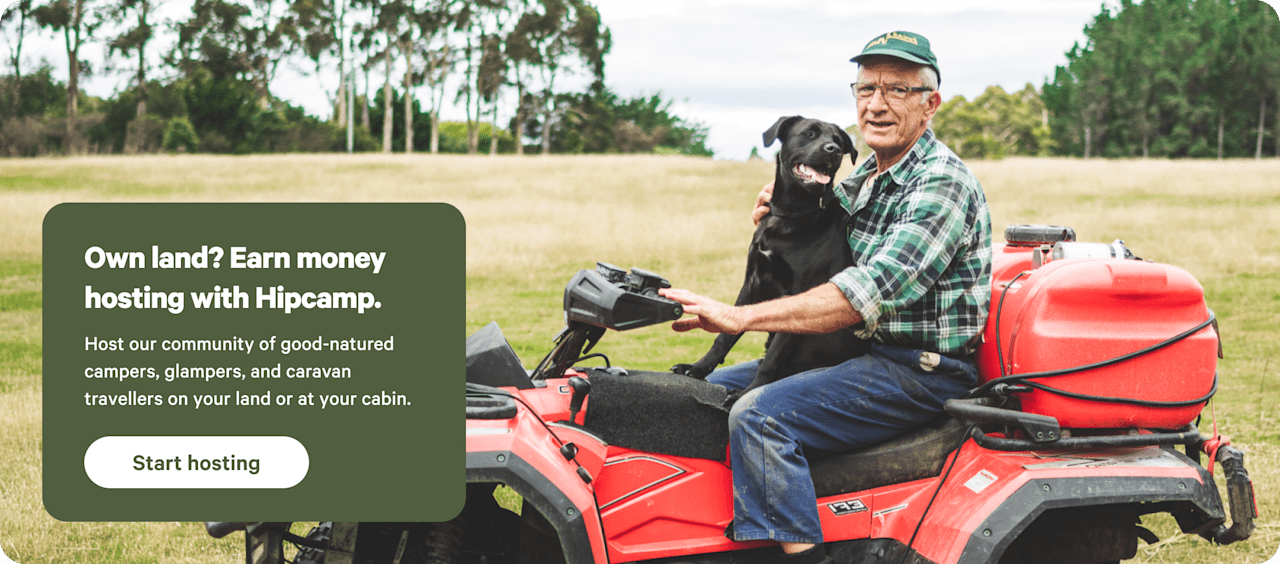Lakeside camping near Queenstown with campfires
Discover Tassie’s west coast mountains and World Heritage-listed wilderness.
Popular camping styles for Queenstown


Lakeside camping near Queenstown with campfires guide
Overview
The largest town in western Tasmania is known for its mining heritage and natural wonders. Hemmed in by the rugged coast of Macquarie Harbour to the west and Tasmania's vast World Heritage Wilderness Area to the east, Queenstown is ideally situated for outdoor adventures. Perched on the Queen River, there are lakes, conservation areas, and regional reserves within minutes of the town centre, affording plenty of options for bushwalking, boating, and mountain biking. Hike to Horsetail Falls, go white-water rafting along the King River, then rent a cabin or book a campsite at the town’s holiday park.
Where to go
Cradle Mountain-Lake St Clair National Park
Less than a 2-hour drive from Queenstown, Cradle Mountain-Lake St Clair National Park is one of Tasmania’s most visited national parks. Challenge yourself to hike part of the legendary Overland Track, admire the views from Cradle Mountain, and look out for wild Tasmanian devils, platypus, echidna, wombats, and more. There are several campgrounds to choose from, with both powered and unpowered sites available.
West Coast
The most scenic way to reach the west coast is by taking a ride on the West Coast Wilderness Railway, which chugs its way through dense rainforest and river gorges all the way to Strahan. From here, set sail on a cruise along the Gordon River, hike to Hogarth Falls, or explore the west coast beaches. Ocean Beach is the longest in Tasmania and is fringed by dramatic dunes.
Lake Burbury
Just east of town, Lake Burbury sits on the cusp of the Wilderness Area. Escape the crowds along its tranquil shores to enjoy some of Tasmania’s best wild trout fishing, bring your boat or kayak to cruise the lake, and snag one of the unpowered tent or campervan sites at the lakeside campground.
When to go
Tasmania misses out on the soaring temperatures of the Australian mainland, making the warm summer months (December through February) the best time for camping and outdoor activities. Alternatively, visit in early autumn to admire the foliage and colourful wild mushrooms that blanket the rainforest. The west coast gets more than its fair share of wind and rainfall from April through September, so winter campers might want to leave the tent at home.
















